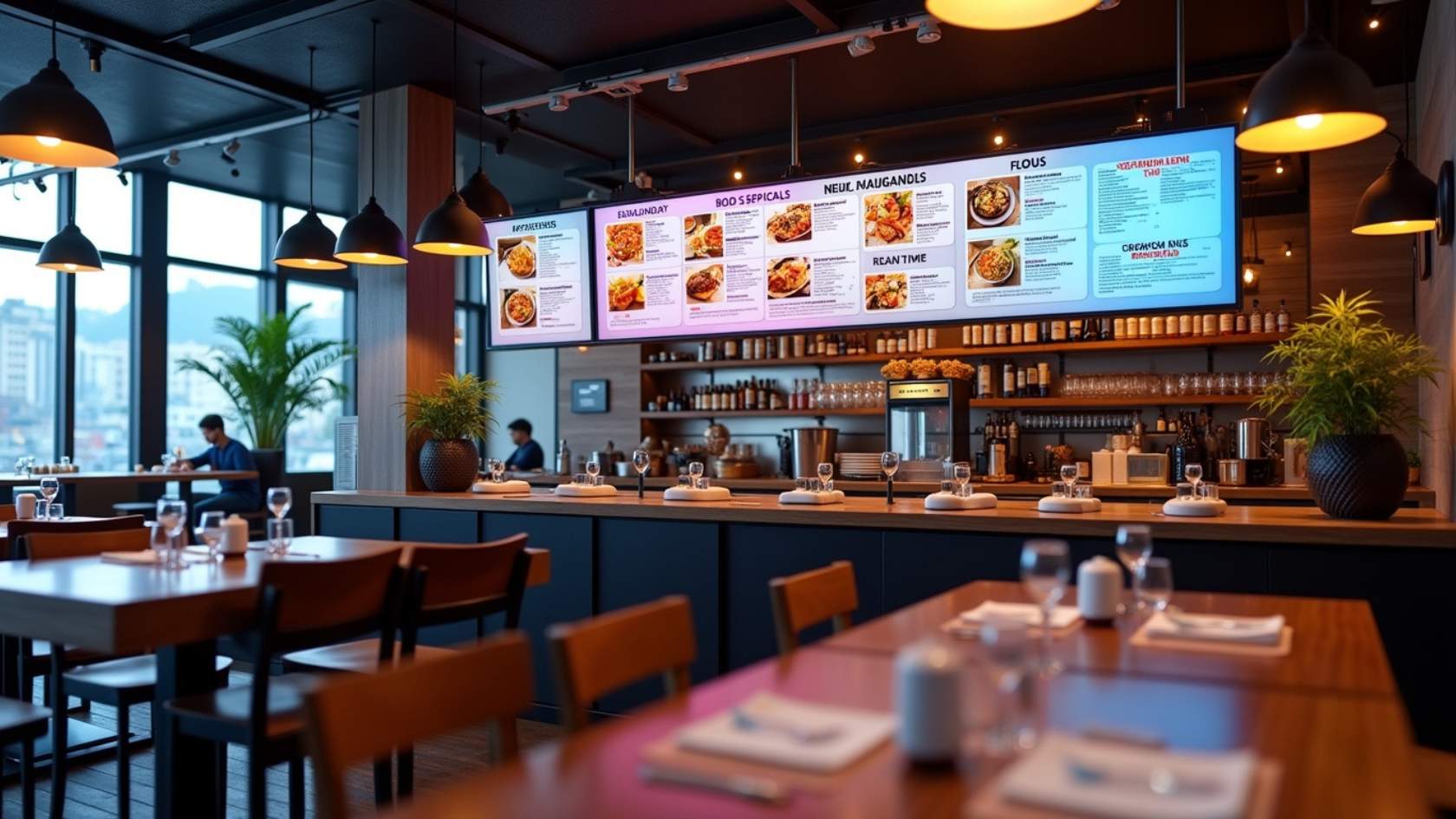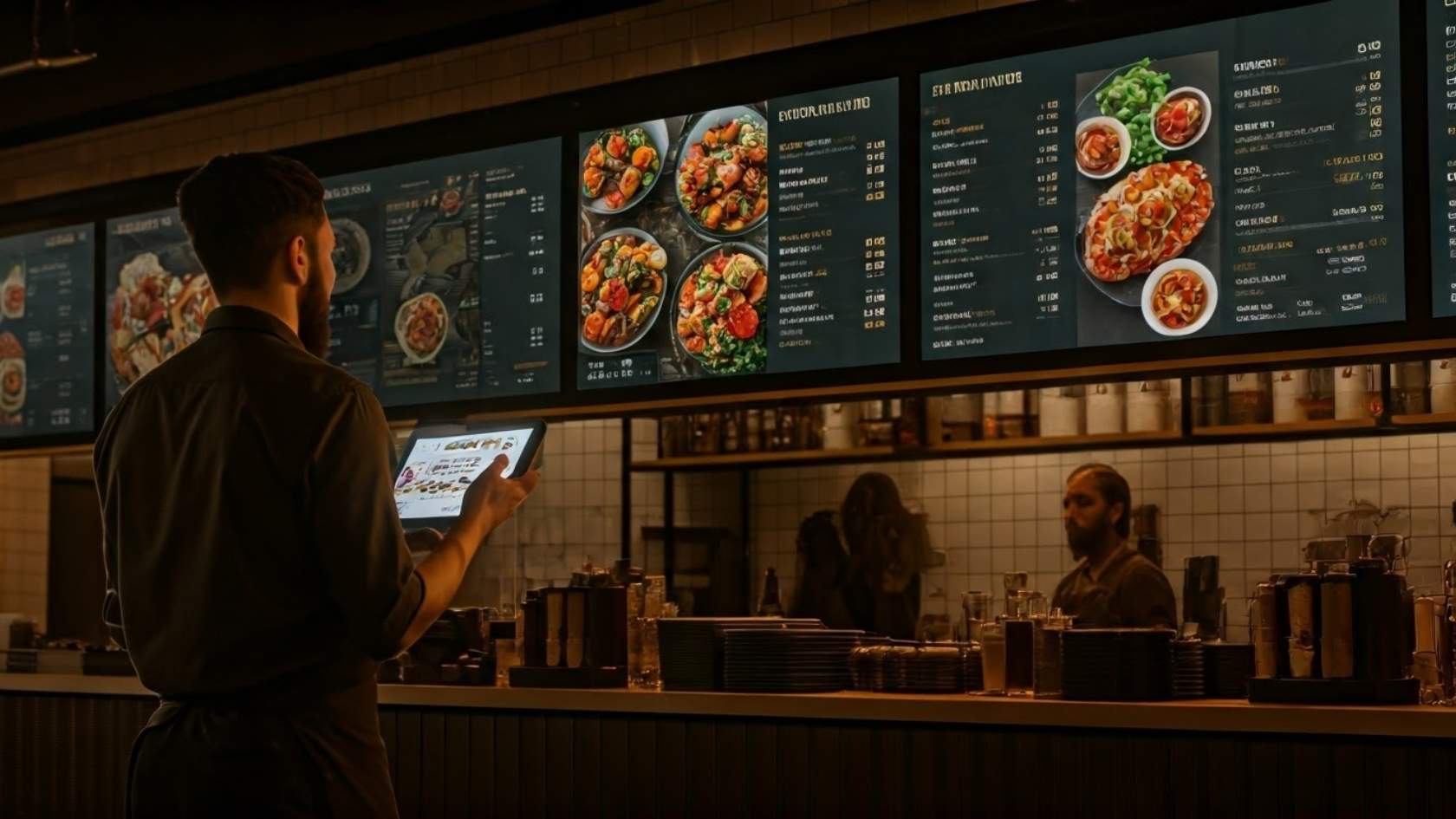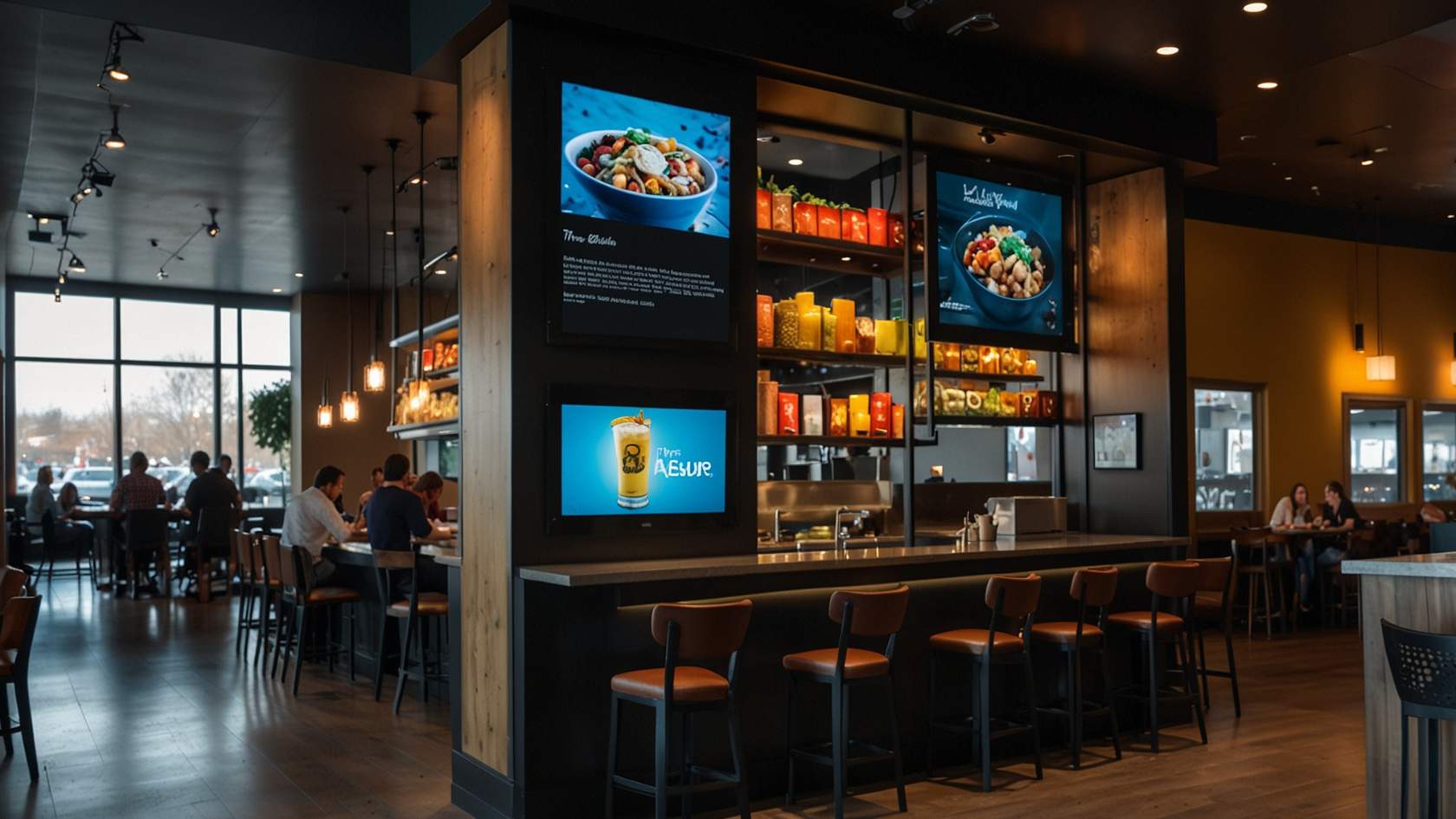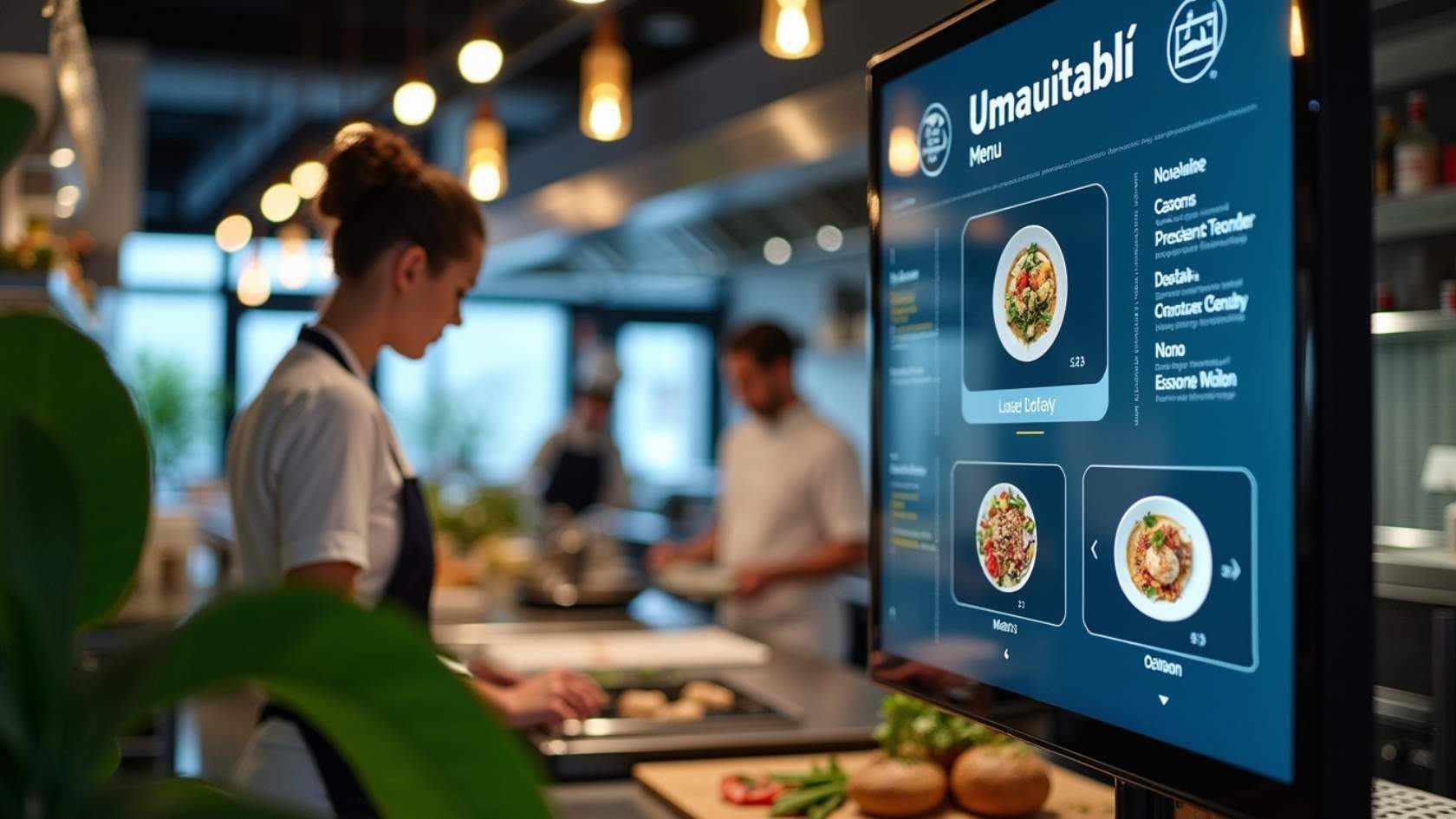
In today’s competitive foodservice landscape, efficiency is key to success. One of the most powerful tools in streamlining restaurant operations is a digital menu management system. These systems go far beyond simply displaying a menu; they offer a wide array of benefits that can help restaurant owners save time, reduce errors, and enhance the overall customer experience.
Here are five ways a menu management system can improve restaurant efficiency:
1. Real-Time Menu Updates

One of the standout features of a digital menu management system is the ability to make real-time changes. Whether it’s adding new dishes, adjusting prices, or updating special offers, you can instantly update the entire menu across all digital platforms—without the hassle of printing new paper menus.
This not only reduces operational delays but also ensures that every customer sees the most up-to-date menu, which can significantly reduce confusion during peak hours.
2. Customizable Menus Based on Demand or Seasonality

A digital menu system can allow restaurant owners to easily customize the menu based on seasonality or demand. For example, you can highlight popular dishes or introduce limited-time offers without needing to manually adjust every single physical menu.
These customizations can be tailored to specific customer segments, such as offering a “vegetarian menu” option or “family-sized” meals during holidays.
3. Enhanced Accuracy and Reduced Errors
When orders are placed digitally, there’s less room for human error. Customers can place their own orders from the digital menu, ensuring that the kitchen receives accurate instructions. This eliminates confusion related to handwritten orders or miscommunication between waitstaff and kitchen staff.
Additionally, menu management systems allow for automatic pricing updates, so you don’t risk outdated prices being printed or displayed.
4. Streamlined Inventory Management

With digital menus, you can link inventory management tools directly to the menu, ensuring that once an item runs out, it’s automatically removed or marked as unavailable. This keeps the menu in line with your actual stock, preventing customer dissatisfaction when they try to order an item that’s no longer available.
A smart system will also track which items are selling the most, helping you optimize your inventory and reduce waste.
5. Improved Customer Experience
Customers today expect convenience and personalization. A well-designed digital menu can offer more than just food choices; it can engage your customers in unique ways. For example, by integrating customer preferences, dietary restrictions, or even loyalty points into the system, you can provide a personalized dining experience that keeps customers coming back.
With attractive visuals and easy-to-read digital menus, customers are more likely to enjoy the process of choosing their meals, improving satisfaction overall.
Conclusion
Menu management systems not only improve restaurant efficiency but also provide a foundation for growth. By leveraging these systems, restaurants can stay ahead of trends, boost customer satisfaction, and optimize operations in ways that paper menus simply can’t.

